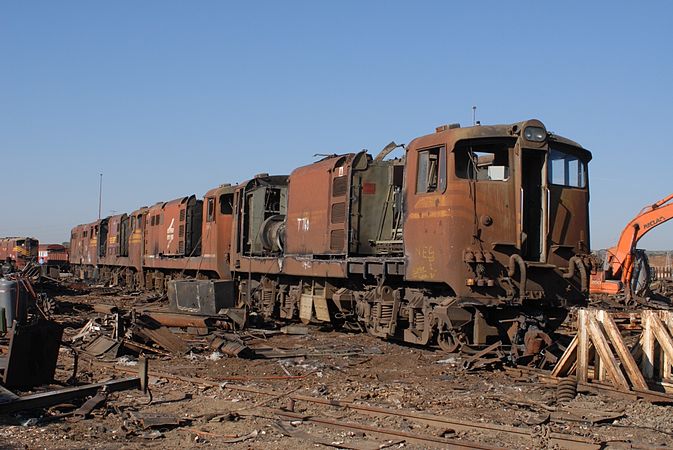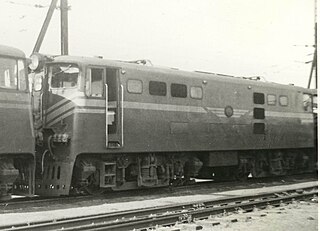
The South African Railways Class 5E1, Series 1 of 1959 was an electric locomotive.

The South African Railways Class 5E1, Series 2 of 1963 was an electric locomotive.

The South African Railways Class 5E1, Series 4 of 1965 was an electric locomotive.

The South African Railways Class 5E1, Series 5 of 1966 was an electric locomotive.
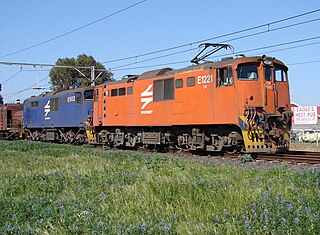
The South African Railways Class 6E of 1970 was an electric locomotive.
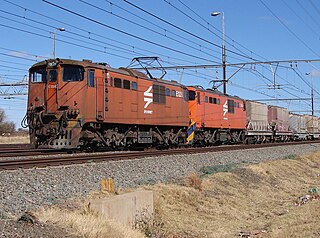
The South African Railways Class 6E1, Series 1 of 1969 was an electric locomotive.

The South African Railways Class 6E1, Series 2 of 1971 was an electric locomotive.

The South African Railways Class 6E1, Series 3 of 1971 was an electric locomotive.

The South African Railways Class 6E1, Series 4 of 1973 was an electric locomotive.
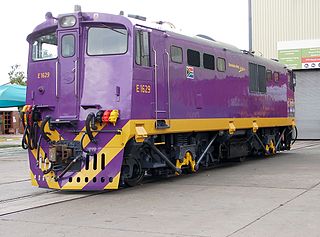
The South African Railways Class 6E1, Series 5 of 1974 was an electric locomotive.

The South African Railways Class Experimental AC of 1978 is an electric locomotive.
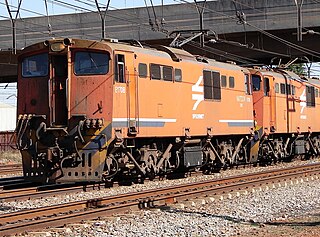
The South African Railways Class 6E1, Series 6 of 1976 was an electric locomotive.

The South African Railways Class 6E1, Series 7 of 1977 was an electric locomotive.

The South African Railways Class 6E1, Series 8 of 1979 was an electric locomotive.
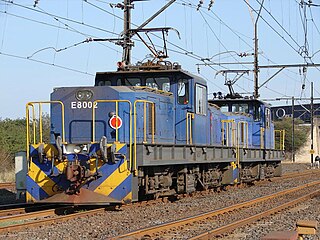
The South African Railways Class 8E of 1983 is an electric locomotive.
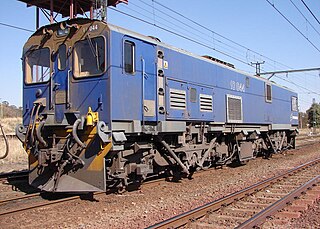
The South African Railways Class 10E of 1985 is an electric locomotive.

The South African Railways Class 10E1, Series 1 of 1987 is an electric locomotive.
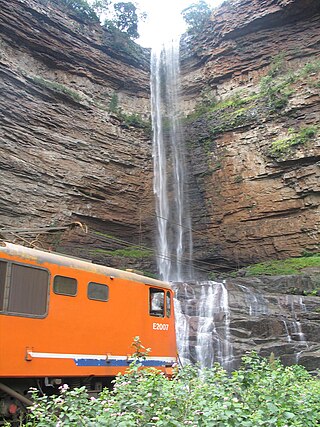
The South African Railways Class 6E1, Series 9 of 1981 was an electric locomotive.
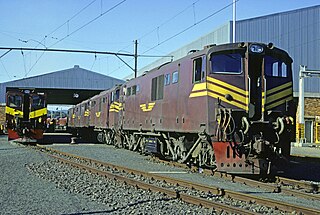
The South African Railways Class 6E1, Series 10 of 1982 was an electric locomotive.

The South African Railways Class 6E1, Series 11 of 1984 was an electric locomotive.


